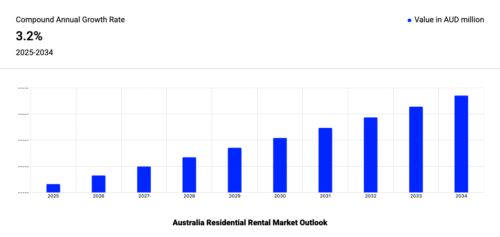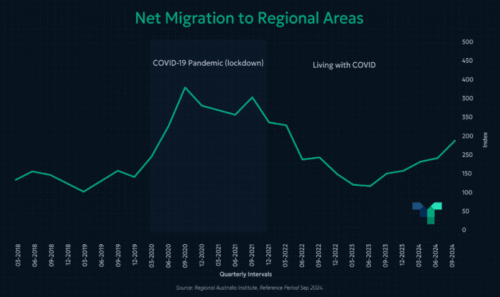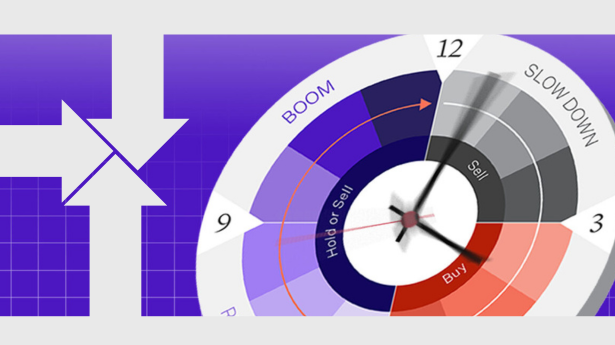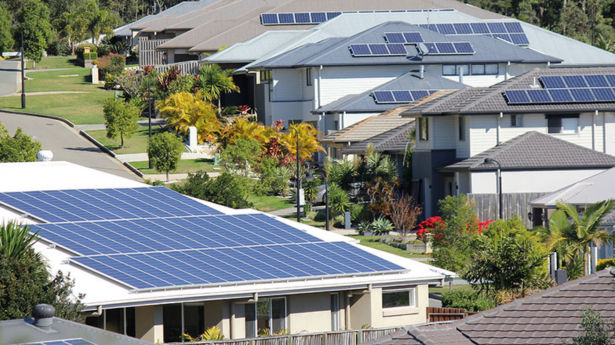What tenants want in Australia is changing quickly, and property investors must pay attention. As the focus shifts from Baby Boomers to Gen Z, preferences for rental types, locations, length of stay, and amenities are also changing. This blog looks at the evolving tenant demographics in Australia and what it means for smart investment property owners. By understanding which groups are driving demand and what they prioritize, you can adjust your investment strategy to fit the rental market of the future and maximize your returns.
Changing tenant generations — Boomers, Gen X, Millennials, Gen Z
Demographic changes are changing the face of the private rental market in Australia. The Baby Boomer generation, referred to as those born between 1946 and 1964, is increasingly comprising downsizers and sometimes retirement-age renters rather than owners. In contrast, Gen X and Millennials make up a large proportion of working-age renters, while Gen Z are only beginning to enter full tenancy adulthood. For instance, according to the Australian Bureau of Statistics, the share of private rental households has increased, and household sizes have fallen slightly, signaling a shift in living arrangements.
For property investors, recognizing that “tenants” are not a uniform group is crucial. A Baby Boomer renter may prioritise low-maintenance, single-level living with easy access to services, while a Gen Z renter may seek connectivity, flexibility, and communal spaces. Understanding which generation makes up most renters in your target suburb or property type can help you position your asset accordingly.
Rental preferences and demands by cohort
The rental market in Australia is under tight supply and evolving rapidly. According to the ABS, median weekly rents in all states began to rise sharply in 2021 and continued through 2024, with some signs of slowing. Vacancy rates remain low in many markets, with one national estimate at 1.3% as of early 2025.
What tenants want in Australia now includes features that weren’t always top priorities for investors:
- Location & commuting: Gen Z and Millennials highly value shorter commutes, public transport access, bike paths, and lifestyle hubs.
- Flexible living space: With the rise of remote or hybrid work (approx 36% of Australians regularly working from home, according to recent migration/remote work data) tenants want spaces that can function as both offices and leisure areas.
- Sustainability & efficiency: Younger renters increasingly seek energy-efficient appliances, smart home features, and good insulation. A recent market report highlighted that tenants actively look for homes that reduce environmental impact and utility costs.
- Low-maintenance and community amenities: Older renters, including late Boomers, may prefer low upkeep, single-level living, and easy access to services. In contrast, younger renters find communal amenities like co-working lounges, gyms, and social spaces attractive.
For investors, this means your property should cater to the group you’re targeting. Amenities, layout, and marketing should reflect tenant behavior instead of just investor assumptions.
What does this mean for property investors in Australia?
Many investors wonder: “Does changing demographics affect yield or capital growth prospects?” The answer is yes, but indirectly. When you align your property with tenant demand, you decrease vacancy risk, rental downtime, and the need for heavy discounts. For instance, if your target tenant group values high-speed internet and remote work-friendly areas, and you don’t provide those features, your property may sit vacant longer or require costly renovations.
Another concern is: “Are Boomers still renters, or will home ownership dominate?” While many Boomers own homes, we see an aging population and changing household sizes (the average household size fell from 2.55 in 2016 to 2.52 in 2021). This indicates more separate dwellings and living arrangements. This shift adds complexity but also opportunity; for example, upsizing or downsizing Boomers may enter rental markets with different preferences.
Finally: “Should I focus on traditional inner-city markets?” Not necessarily. The regional shift, remote work-enabled migration, and affordability pressures mean many younger renters look outside major CBDs. As migration to regional Australia has increased—net regional migration is up about 23.4% over the last 12 months—investors need to think about whether location and amenities will meet the new tenant generation’s needs.
Practical strategies for aligning your investment property with tenant preferences
- Match the property type to the group: For Gen Z and Millennials, consider 1-2 bedroom apartments with good internet, public transport access, and amenities like gyms or co-working spaces. For Boomers or empty-nesters, opt for single-level, ground floor or lift access, quieter surroundings, and lower maintenance costs.
- Upgrade for sustainability and technology: Installing energy-efficient lighting, smart thermostats, high-speed internet wiring, and possibly EV charging stations can make your property more attractive and future-proof.
- Marketing and lease terms: Younger tenants may appreciate furnished or semi-furnished options, flexible lease terms, and clear communications through apps rather than just paper documents. Older tenants may prefer longer leases and stable relationships with property managers.
- Stay informed on suburb-level demographics: Use demographic data tools (like SuburbsFinder) to check age profiles, household types, and migration status in your target suburb.
- Balance yield and capital growth: Aligning with the right tenant group may require more capital expenditure (for renovations or upgrades) but could result in fewer vacancy days and better tenant retention—so consider your return horizon carefully.

Future-looking trends; how demographic shifts and macro factors will shape rental demand
- Aging population: Australia’s median age is projected to increase (from 38.5 in 2022 to 47.6 by 2071). This shift means more older renters and possibly higher demand for flexible living arrangements.
- Remote work & migration: As remote or hybrid work becomes standard, younger tenants may value the flexibility to live further from the CBD, in lifestyle or regional markets—this alters traditional demand patterns.
- Supply constraints and yield pressure: With a projected deficit of apartments and tight supply (one major report estimates a cumulative deficit of 75,000 apartments by 2029), rental demand is likely to stay strong. Properties that align with tenant demands will benefit.
- Regulatory and sustainability changes: Tenant expectations regarding sustainability and regulatory environments (e.g., energy efficiency standards) are expected to rise—landlords who adapt slowly may fall behind.
In summary, what tenants want in Australia is shifting. For investors, this presents both a challenge and an opportunity. By understanding the generational changes from Boomers to Gen Z and aligning your property type, amenities, and marketing with the preferences of your target tenant group, you can reduce vacancy risk, improve returns, and future-proof your strategy. If you’re serious about maximizing your investment, start by evaluating your property through the lens of “what tenants want in Australia” and take the necessary steps to meet new rental demand.
Ready to improve your investment property or see how your suburb compares? Contact our team to review tenant-demand data, upgrade options, and identify high-opportunity suburbs tailored for generational rental demand.
__________________________________________________________________________
External Links:







